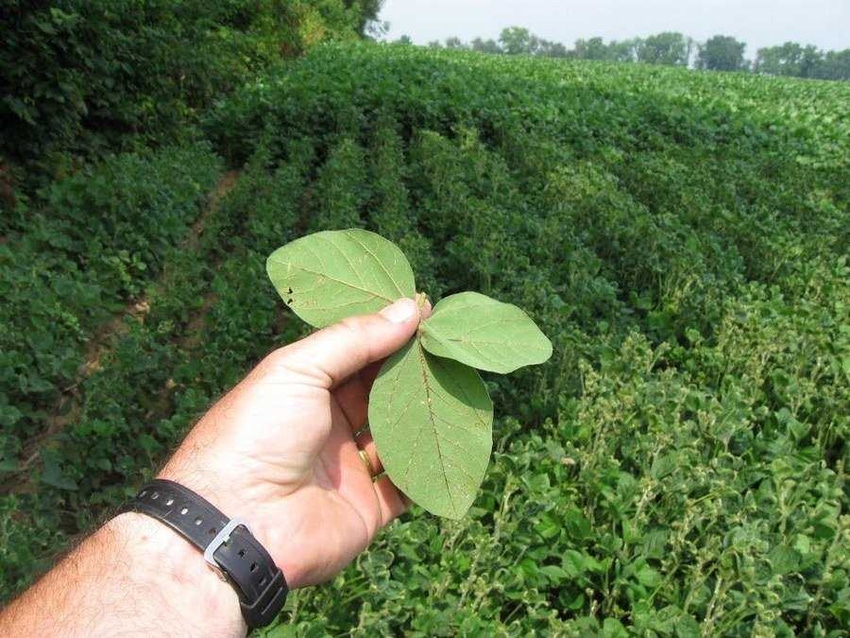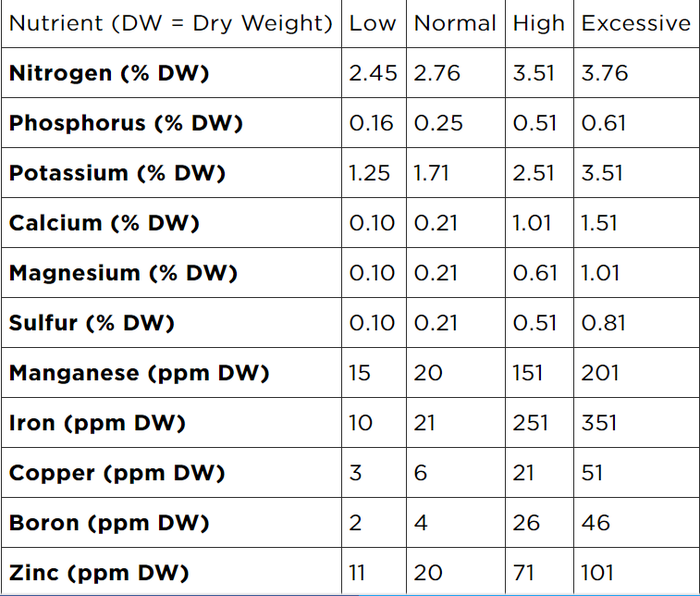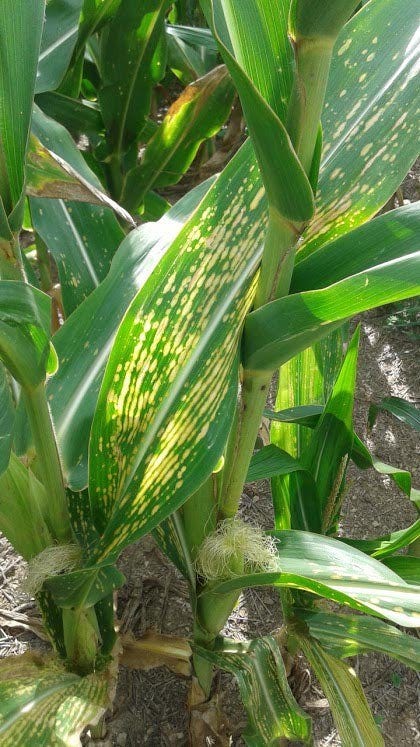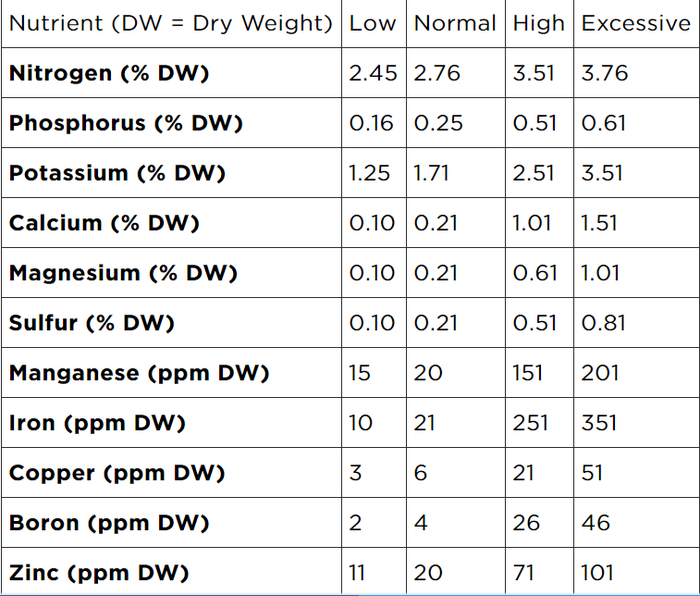July 15, 2019

By Del Voight, Penn State Extension
The key time to take a tissue test is at tasseling for corn and R2 for soybeans
Collect samples (avoid diseased or insect riddled leaves) and place in dry bag to be delivered to the Penn State Ag Analytical Services Lab or other labs in your state or preference.
Fill out this submission form to send in samples
Plan to conduct tissue sampling over several years to see trends in nutrient uptake and fine tune your fertility programs
Combine these results with soil test results to better manage crop fertility.
Several growers are considering more high yield management for soybean and corn crops. There are a lot of foliar fertilizer products with ideal levels of numerous micronutrients. Our research indicates tremendous variation in crop response to these products. Yield enhancement is tied to whether the plant is deficient in micronutrients or not.
Since some micronutrients are mobile in the soil, especially boron, sulfur, manganese, chlorine, (and molybdenum, cobalt, nickel, calcium to a lesser extent) soil samples growers usually take every couple of years do not provide an accurate assessment off which to base micronutrient fertility recommendations. The best way to determine hidden hunger is with a simple $24.00 plant tissue test. A few growers last season enjoyed 90 bu/A soybeans and 290 bu/A corn plus while managing for high yield crops. The first step is to gain an accurate soil test (and correct depth of sampling) and maintain optimum levels of Phosphorus at 150 ppm and Potassium at 300 ppm.
Soybean Considerations:
Once the plant begins to flower (R1, which is occurring at the time of this writing in early planted fields) make sure to gather samples in the next two weeks. Immediately send the samples via overnight mail to gain quick results. This will allow for adequate time to determine a nutrient strategy before peak growth at R3 when pods are being filled.
Soybeans and Other Beans


Corn Considerations
Similarly, collect the corn ear leaf samples from the leaf feeding the ear also called the ear node leaf, and send immediately. This will allow for adequate time to determine a nutrient strategy before peak growth at grain fill.

Sampling after silking occurs is not recommended.

Silks shown with leaf feeding the base of the silk. This is the ear leaf to collect for tissue testing. Photo credit: Del Voight, Penn State Extension

Once results of the samples are returned compare results to the chart to interpret the results. The Ag Analytical Lab will provide this upon delivery in most cases.
Source: Penn State University
The source is solely responsible for the information provided and is wholly owned by the source. Informa Business Media and all its subsidiaries are not responsible for any of the content contained in this information asset.
You May Also Like




